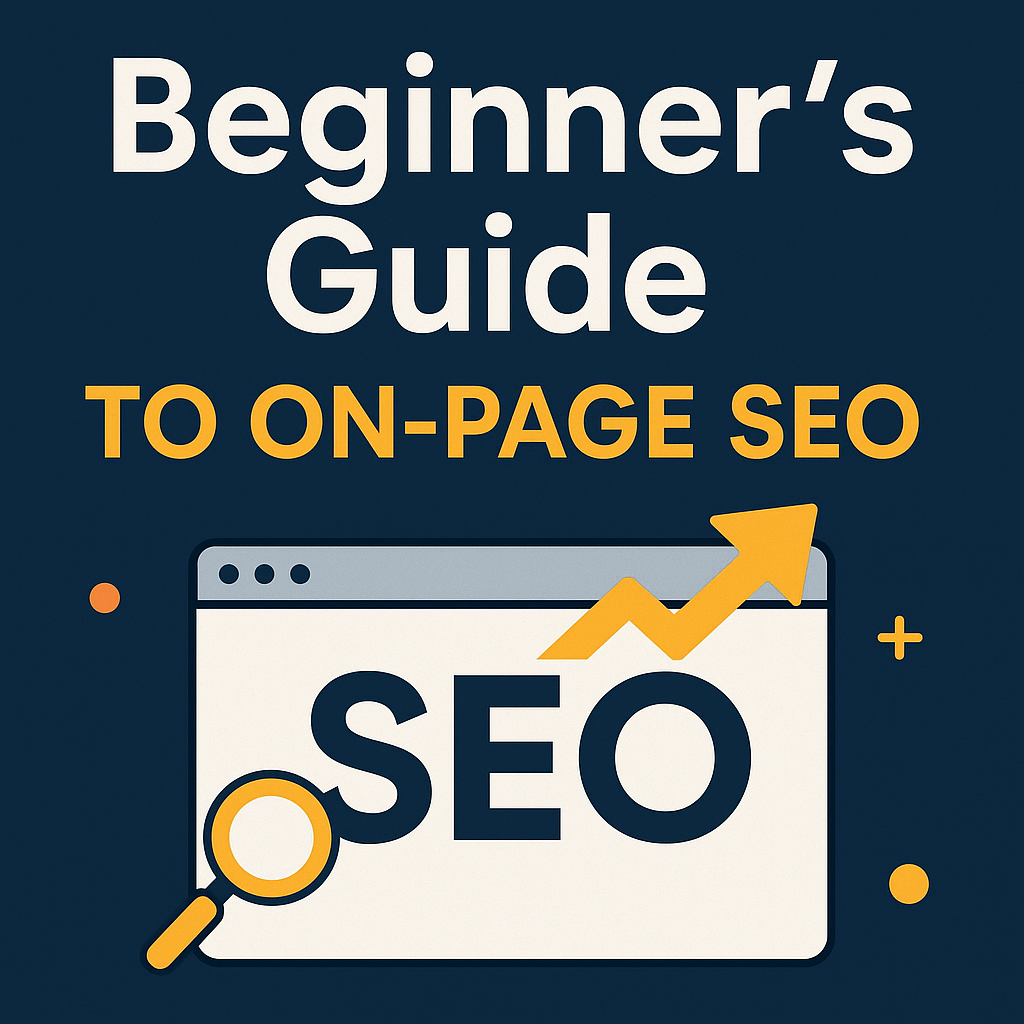In today’s hyper-competitive digital landscape, generic marketing is no longer effective. Businesses must adopt a targeted marketing strategy—an approach that focuses on specific consumer segments with personalized campaigns.
By aligning your message with the exact needs and behaviors of your audience, you can significantly boost engagement, conversion rates, and ROI.
What Is Targeted Marketing?
Targeted marketing is a strategic approach that involves identifying specific groups of consumers based on shared characteristics—such as demographics, location, behaviors, or interests—and tailoring campaigns to match their unique profiles. It maximizes efficiency by focusing only on the segments most likely to convert.
This method ensures resources are not wasted on uninterested consumers and allows for better message personalization, stronger customer relationships, and increased brand loyalty.
Why Targeted Marketing Matters
- Higher ROI: Concentrating efforts on high-potential segments leads to greater conversion rates and improved return on investment.
- Personalization at Scale: Craft messages that resonate deeply, leading to more meaningful interactions.
- Brand Loyalty: When customers feel understood, their trust and retention increase.
- Efficient Spending: Resources are directed where they are most effective.
- Better Market Insights: Continuous research reveals emerging trends and customer preferences.
Key Steps to a Powerful Targeted Marketing Strategy
1. Identify Your Target Audience
Use analytics tools, customer surveys, and buyer personas to understand your ideal audience. Consider:
- Age, gender, location
- Interests and values
- Online behavior and purchasing patterns
2. Conduct Thorough Market Research
Gather data through:
- Competitor analysis
- Industry trends
- Surveys, focus groups, and customer interviews
This insight ensures your strategy is data-driven and customer-focused.
3. Develop a Clear Value Proposition
Explain how your product/service:
- Solves specific problems
- Saves time or money
- Offers a unique advantage over competitors
Your value proposition should answer: “Why should this audience choose us?”
4. Leverage the Right Marketing Channels
Choose platforms your audience already uses:
- Social Media Ads: Facebook, Instagram, LinkedIn
- Google Ads: Search-based intent marketing
- Email Campaigns: Nurture and convert leads with personalized emails
- Content Marketing: Blogs, videos, and infographics tailored to segment interests
5. Create Personalized Content
Content must speak directly to the pain points and desires of each segment. Ideas include:
- How-to guides
- Product use cases
- User testimonials
- Targeted landing pages
6. Utilize Social Media Effectively
Social platforms allow brands to:
- Engage in real-time
- Share content that builds community
- Analyze metrics and adapt quickly
Use tools like Meta Ads Manager to refine audience targeting with precision.
7. Incorporate Influencer Marketing
Partner with influencers who already connect with your niche. Their credibility can:
- Introduce your brand to new audiences
- Build trust instantly
- Drive immediate conversions
8. Run Targeted Email Campaigns
Segment your email list by:
- Purchase history
- Engagement levels
- Demographics
Send tailored messages that guide users through the sales funnel.
9. Monitor and Optimize
Track KPIs like:
- Conversion rates
- Bounce rates
- Email open/click-through rates
- Ad performance
Tools like Google Analytics, Hotjar, and Meta Pixel can reveal deep insights for continuous improvement.
Continual Optimization Is Key
Even the best strategy needs refinement. Regularly revisit:
- Audience feedback
- New trends and tools
- Campaign performance
A/B test headlines, imagery, and CTAs. Stay agile and improve based on real-world data.
Tips for Smarter Targeted Marketing
- Define measurable objectives for each campaign
- Use CRM tools to manage customer data efficiently
- Customize CTAs for each audience segment
- Don’t ignore mobile optimization
- Prioritize user experience (UX) in every funnel step
Conclusion
In today’s saturated market, targeted marketing isn’t just an option—it’s a necessity. Understanding who your ideal customers are and tailoring your approach to meet their specific needs allows your brand to stand out, drive higher conversions, and foster long-term loyalty.
When every message counts, precision becomes your strongest asset. Mastering targeting means unlocking the full potential of your marketing—boosting sales, improving customer satisfaction, and fueling sustainable growth.

